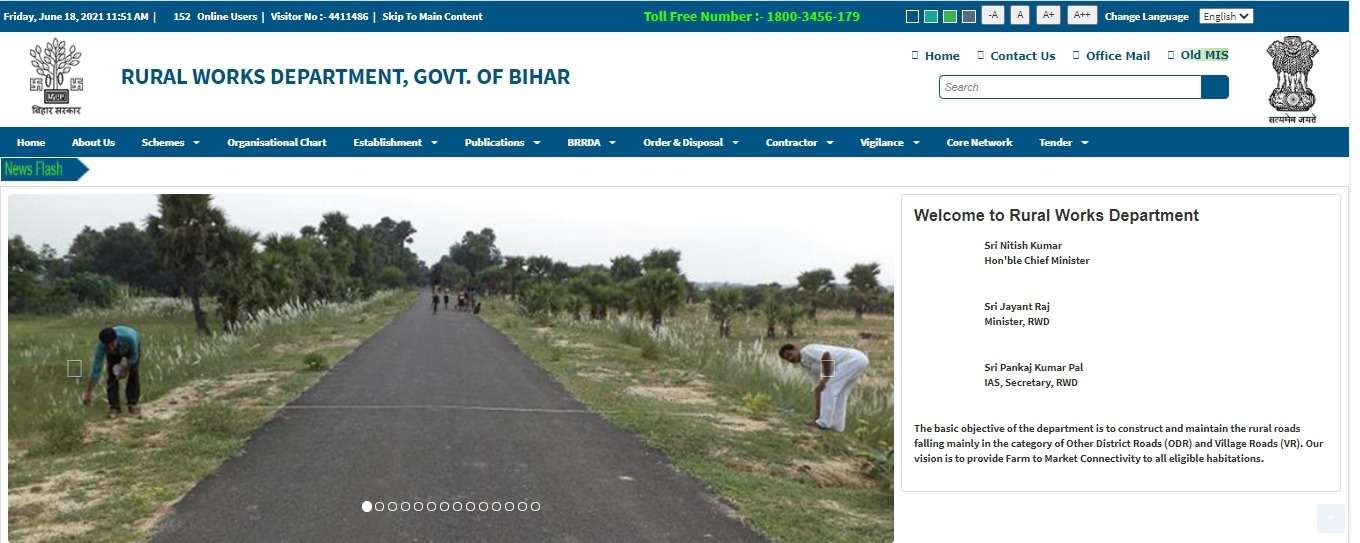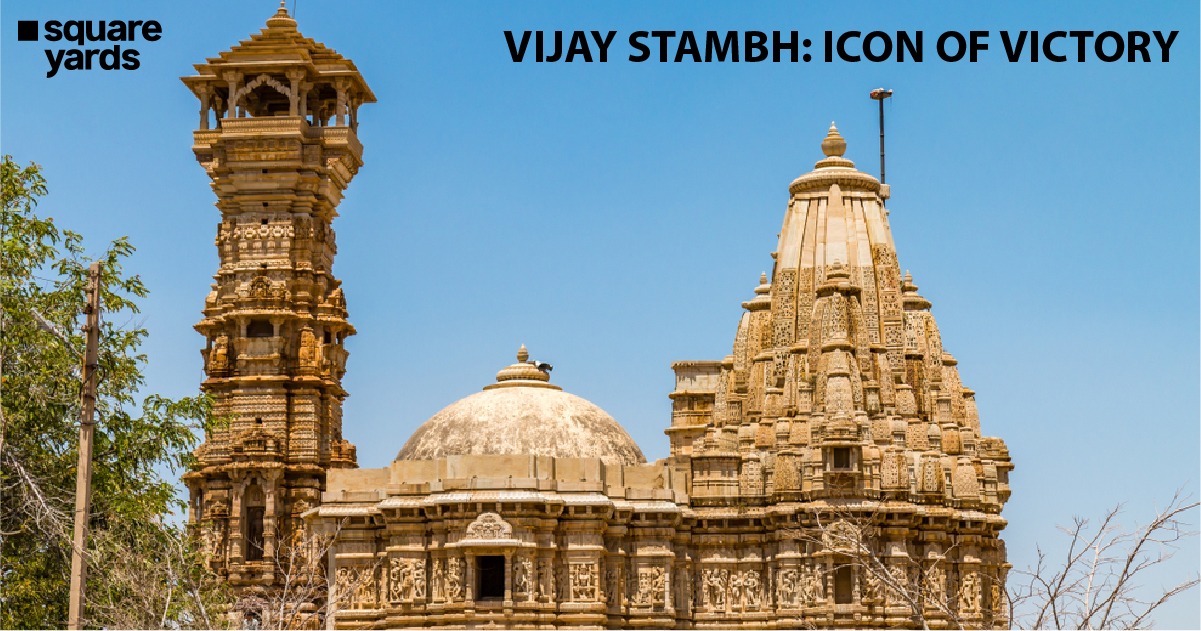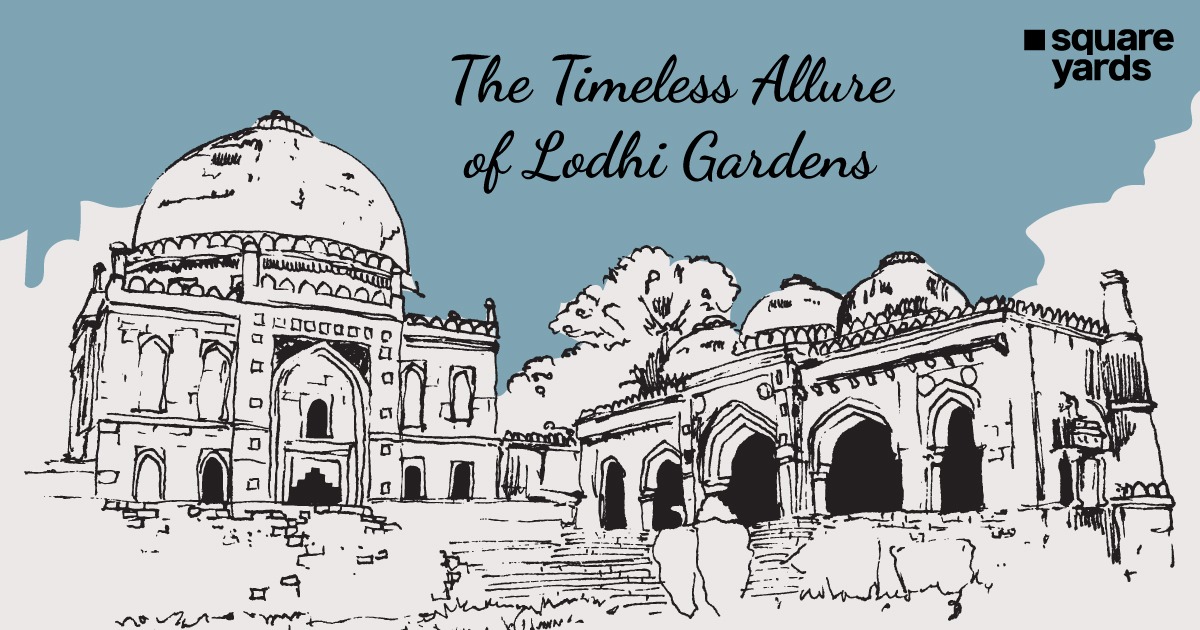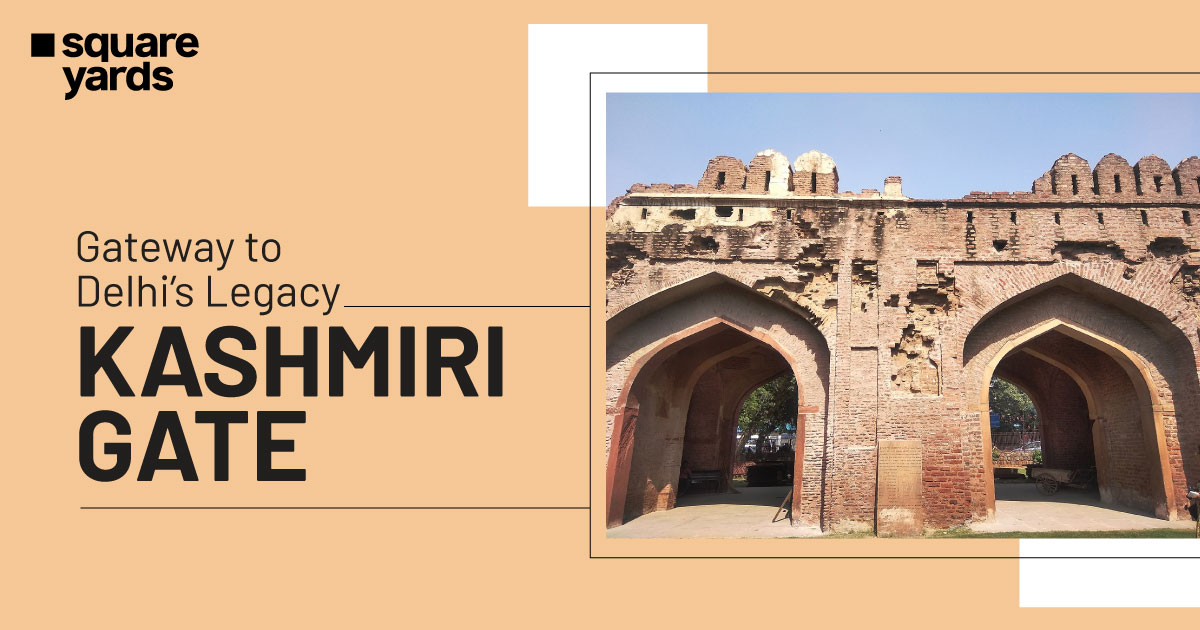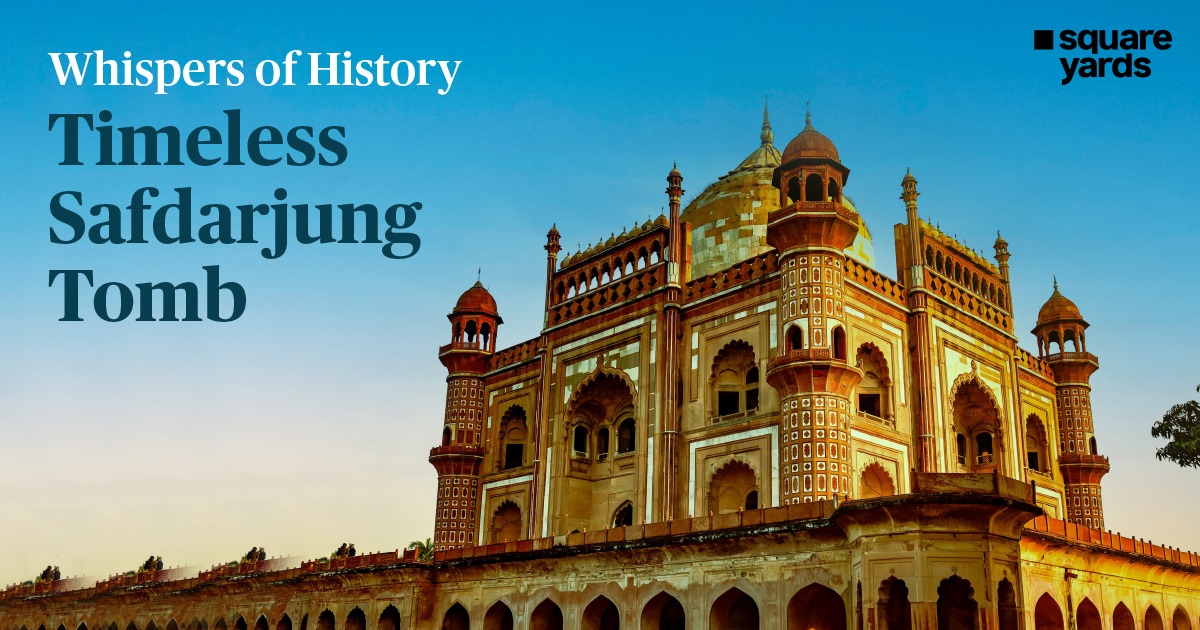Rural road development brings numerous benefits both socially and economically for the people who stay in villages. The connectivity of rural habitations through all-weather roads will positively impact farming, transportation, employment, industry, health, urbanization, and poverty reduction. To achieve this ambition in the state, Bihar Rural Works Department (RWD) was formed.
Bihar Rural Works Department (RWD) is a government organization working under three main plans, namely Pradhan Mantri Gram Sadak Yojana (PMGSY), Mukhya Mantri Gram Sadak Yojana (MMGSY), and Gramin Tola Sampark Nischay Yojana (GTSNY). It is responsible for creating an efficient road network in Bihar.
The Objective and Vision of RWD Bihar
The Objective
The headquarters of RWD Bihar is located in the city of Patna. The purpose of this department is to build new rural roads and maintain them. The roads constructed by this department fall under the category of Other District Roads (ODR) and Village Roads (VR). These rural roads in Bihar have to be built according to the standard and specifications laid in consultation with the Indian Road Congress (IRC) by the Ministry of Rural Development (MoRD), Central Government.
The roads must meet the standards and specifications as per technical requirements, and many engineering parameters from the design perspective until the construction and maintenance stage. Additionally, essential maintenance must be provided for 5 years under the EPC (Engineering Procurement and Construction) contract.
The Vision
The primary vision of the RWD Bihar department is to provide a farm to market connectivity for all suitable habitations. Building and maintaining roads throughout the rural areas of Bihar is a huge challenge in meeting deadlines, real-time rectifications of unforeseen problems, maintaining quality workmanship, and overall project output. Given the magnanimity of the project, getting adequate and qualified manpower for inspection, testing, measurement, reporting, solving administrative and engineering problems is of prime importance and a matter of urgency.
The state government of Bihar has vowed to complete this vital project in 4 years. This requires a huge investment of about ₹65500 crores, out of which about ₹12000 crores will be sanctioned by the central government under the PMGSY scheme that too only in 60: 40 ratios. Therefore, the state government has to come up with ₹53500 Cr and mobilize it in 4 years. Indeed, an emerging state like Bihar will find it extremely difficult to mobilize such a huge amount through public sector investment.
A note on the Minimum Needs Program (MNP) executed by RWD Bihar.
The majority of Bihar comprises villages. Therefore, the main occupation in these villages is agriculture. To develop these villages, which depend on farming, building good roads is a crucial activity. To accomplish this, Bihar Rural Works Department has adopted the Minimum Needs Program (MNP), introduced in the first year of the five-year plan (1974-78) in India.
The main objective of MNP is to provide excellent roads for villages to connect all-weather roads. There are a total of 45103 villages in Bihar, out of which many villages have a large geographical area and population. Hence the need for better connectivity which can be done only through roads. Under the Minimum Needs Program in Bihar, repairing the existing roads which are in bad condition or increasing the size of the existing roads will take precedence over building new roads.
The project overview of RWD in Bihar
As per the official figures, there are a total of 1, 29,209 habitations identified in central and state core networks of rural connectivity in the state of Bihar. As of 2018, about 72314 have been provided with road connectivity. As per the Chief Minister, the rest of the road construction for the remaining habitations is included in the third Agricultural Road map of 2017-22. All these rural road construction projects are distributed among the central government-sponsored flagship scheme – Pradhan Mantri Gram Sadak Yojana (PMGSY), and the state government sponsorship scheme, Mukhya Mantri Gram Sadak Yojana (MMGSY)
Access to information on the rural road network in Bihar
There is an official website of the Rural Works Department (RWD), Bihar. All the information regarding the completed projects, current projects, progress reports, budgets, news updates, etc., are all available on this official website. Also, there is a headquarter in Patna, where all the information regarding the rural road development will be provided.
Different schemes of RWD Bihar
Rural Works Department (RWD) Bihar is responsible to build and maintain roads in under-developed areas of Bihar with the support of three crucial road development programs, Mukhya Mantri Gram Sadak Yojana (MMGSY), Pradhan Mantri Gram Sadak Yojana (PMGSY), and Gramin Tola Sampark Nischay Yojana (GTSNY). Let’s discuss each scheme in brief.
- PMGSY- Pradhan Mantri Gram Sadak Yojana
The plan was launched by the Central Government of India to connect people that are not yet connected. This is an important strategy in the poverty reduction program. The central government is striving hard to maintain high technical and management standards and also to coordinate with the state government to make sure a sustainable rural road network is established.
This scheme aims to provide connectivity by constructing all-weather roads with necessary cross-drainage arrangements that can be used throughout the year. These roads will connect the unconnected habitats in the rural areas. These rural roads will not only bring connectivity between the villages but also create employment for the villagers in terms of road construction work which is also a part of the poverty reduction program.
Earlier it was a 100 % central government-funded program, but from 2015-16, the funding is shared between the central and the state government in the ratio of 60:40. In Bihar, the PMGSY scheme will provide rural road connectivity to all habitations with a population of 250 and above in 11 left-wing extremist affected districts known as ‘Integrated Action plan (IAP) districts. There is a plan to build roads with a population of 500 and above in the remaining 27 ‘non-IAP’ districts of Bihar.
- Mukhya Mantri Gram Sadak Yojana (MMGSY)
The state government of Bihar launched MMGSY in the year 2013. The scheme was introduced to create all-weather connectivity roads to all areas with a population of 250 and above in 27 Non – IAP (Integrated Action plan) districts. The main objective involves constructing and renovating 28,075 km roads with an estimated budget expense of about Rs.19652 crores. Currently, the entire project is funded by the state government of Bihar.
The need for MMGSY rural roads has been growing enormously as Bihar has many villages compared to other states. The state government has already constructed roads of 9593 km length using only the state resources. MMGSY has developed comprehensive guidelines similar to PMGSY concerning projection selections, social and environmental obstacles, financial and quality management. The RWD is responsible for carrying out the projects of MMGSY and PMGSY through the Bihar Rural Road Development Agency.
Due to the 60:40 funding strategy between the Government of India and the Government of Bihar for rural road development projects, there is an essential requirement of funding for the state for 5 years, which is estimated at ₹40000 crores. The Bihar government has already approached the BRICS NDB and World Bank for finance, and there is an assurance of getting funding to cover 15000 km. This will cover about 70 % of the cost, and the remaining has to be gathered by the state government.
- Gramin Tola Sampark Nischay Yojana
GTSNY is a rural road development scheme to provide all-weather connectivity to unconnected dwellings with a population density of 100 to 249 that are not under the state or central core network.
The government of Bihar is under 7 commitments and has an obligation to provide road connectivity to unconnected habitations with a population ranging from 100 to 249. This scheme is targeted at building roads for inhabitants that belong to economically and socially deprived sections of the society based on satellite mapping.
GTSNY comes under the supplementary state-core network specifically to cater to road network needs for left-out habitations of the population.
The latest news on the Rural Works Department Bihar
- The Bihar Chief Minister has promised that all the rural areas and habitations will be connected through metallic roads by 2021. This target is part of the ‘seven commitments’ that the state government has adopted as good governance.
- To increase the green cover of Bihar, the state government has made a decision to plant more than 5 crore plant saplings on the sides of the rural roads across Bihar in the current financial year 2021-22. This will increase the green coverage from 15 % to 17%. The chief minister launched this program under the name “Mission 5.0 plantation’ by planting a Mahogany sapling at this official residence.
- In June 2021, Bihar Chief Minister Nitish Kumar, during a review meeting with the Rural Works Department, gave instructions to the officials to take up the responsibility of maintaining rural roads. He insisted that the maintenance activities should be carried out by the Rural Works Department engineers and not the contractors. This will decrease the burden on the state government in terms of expenditure and improve the quality of maintenance work.
He further asked the RWD officials and engineers to complete all the pending projects under Pradhan Mantri Gram Sadak Yojana (PMGSY), Mukhya Mantri Gram Sadak Yojana (MMGSY), and Gramin Tola Sampark Nischay Yojana (GTSNY) as soon as possible.
- The Chief Minister asked the engineers of RWD Bihar to repair the approach roads of all the new bridges built under MukhyaMantri Setu Nirman Yojana (MMSNY). He also requested regular inspection, maintenance, and monitoring of old roads built under MMSNY.
Conclusion:
Bihar is an emerging state, and hence the financial resources are limited. A lot of support is extended from the Central government and also through public sector financing institutions such as World Bank, NABARD, NBD, and off-budget loans to complete the rural roads construction project within the allotted time. As the state is mostly of villages, completing the project will create many benefits in transportation, employment, health care, poverty reduction, and create a vast network throughout Bihar through these rural roads.
The chief minister of Bihar has stated this as a top priority project and instructed the officials and the engineers of the Rural Works department to complete the pending projects related to rural road construction as soon as possible. Hopefully, the RWD Bihar under the three PMGSY, MMGSY, and GTSNY will fulfill the target of the rural road construction across 1, 29,209 habitations in Bihar.
FAQ:
How will the government identify, mitigate and provide compensation to the people who will be directly affected by the projects of Rural Works Department Bihar?
The Social Management Framework (SMF) will guide the government on how to identify, mitigate and provide compensation to people who will be directly affected by the projects in terms of asset losses and other related problems, especially to the poor, women, and vulnerable groups.
Does PMGSY provide road connectivity only to revenue villages or all unconnected habitation in Bihar?
PMGSY is designed to provide all-weather roads to unconnected habitations.
How many habitations and how much connectivity will be provided under Gramin Tola Sampark Nischay Yojana (GTSNY)?
Under the GTSNY scheme in Bihar, 1751 habitations are identified, and road connectivity of 1500 km is planned.
What is the resource mobilization plan for rural road development in Bihar?
- World Bank is financing for 2500km road construction under MMGSY
- NDB is financing for 4000 km MMGSY
- NABARD financing ₹450 crores per annum under RIDF window for bridges and off-network roads.
- Off-budget market loan of ₹2820 crores raised for Gramin Tola Sampark Nischay Yojana (GTSNY) by BRRDA.
What is the meaning of “all-weather roads”?
All-weather roads are trafficable roads throughout the year under both wet and dry conditions. These roads have an adequate drainage system, but this necessarily does not mean that the surface should be paved with blacktopping or cement concrete.


